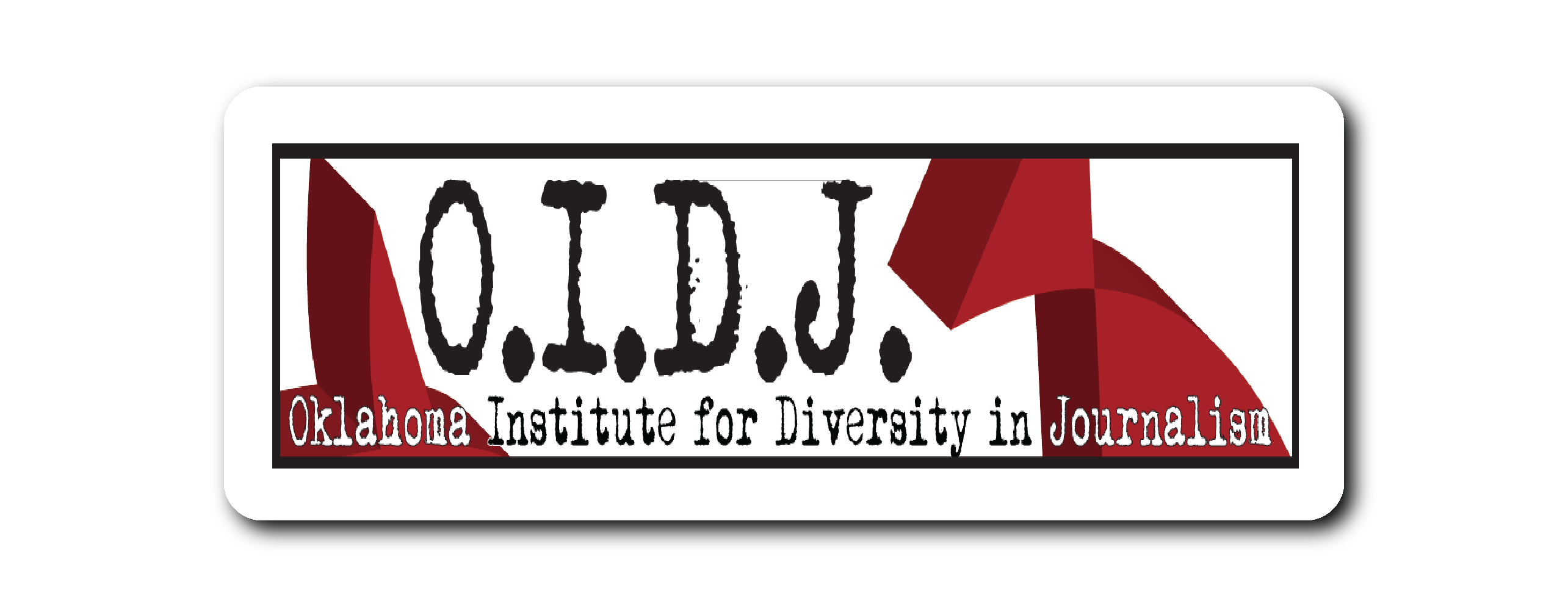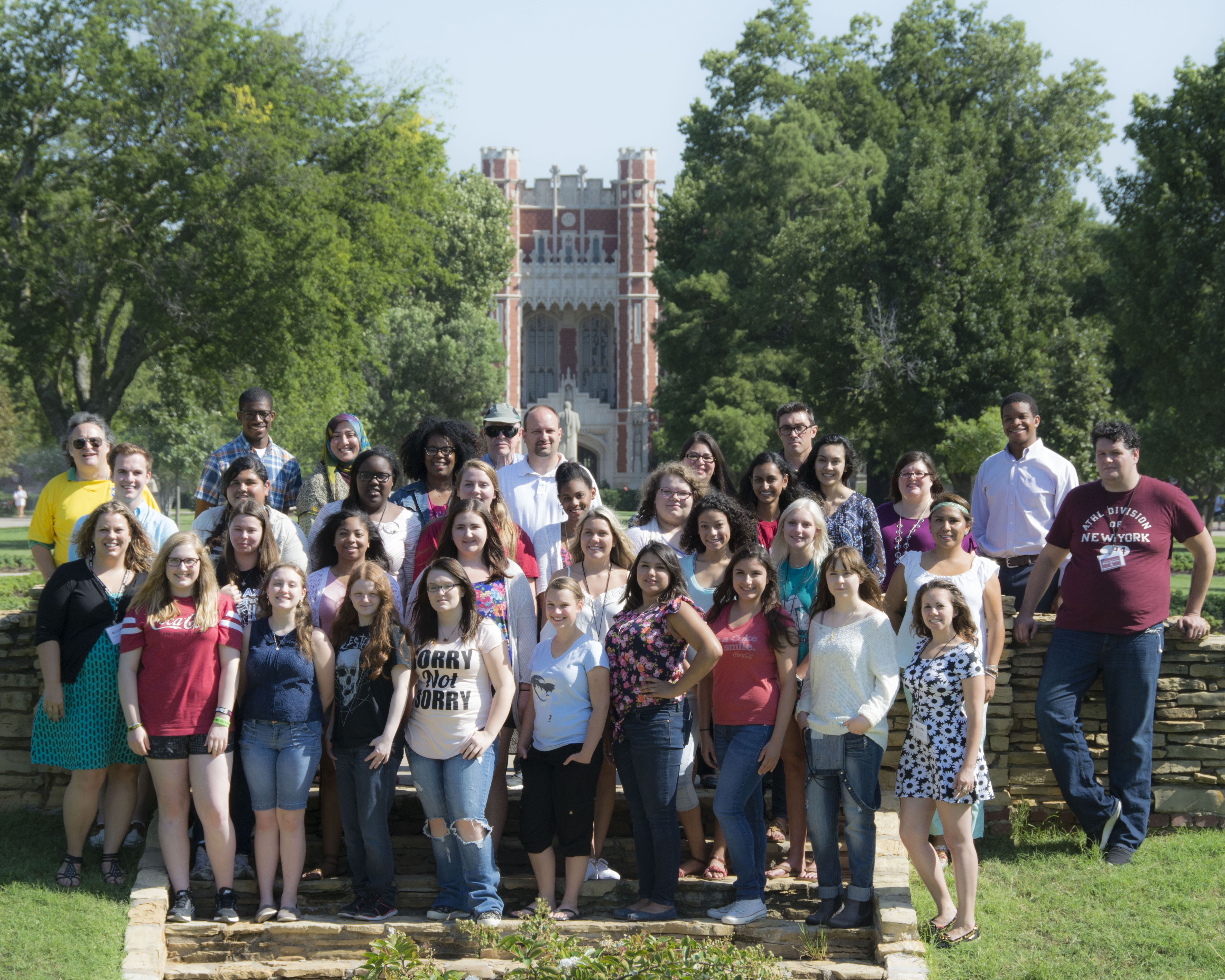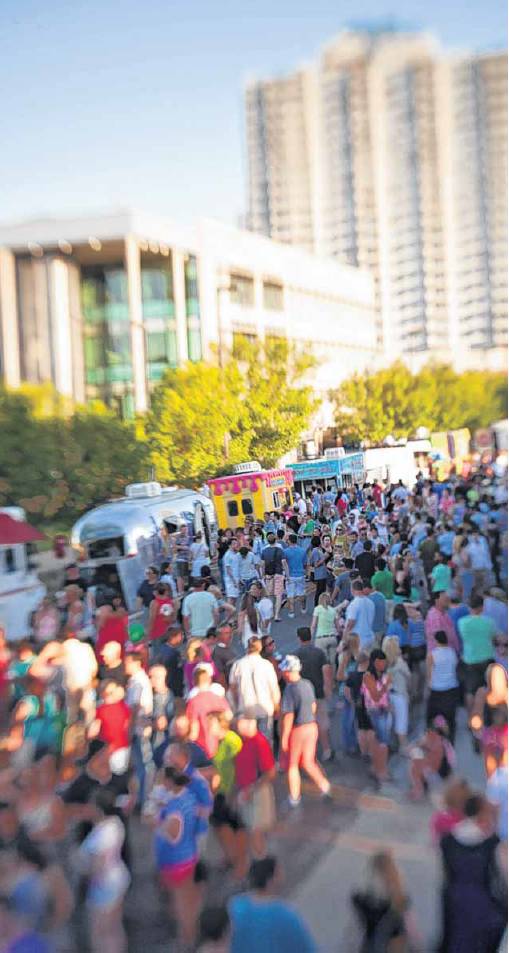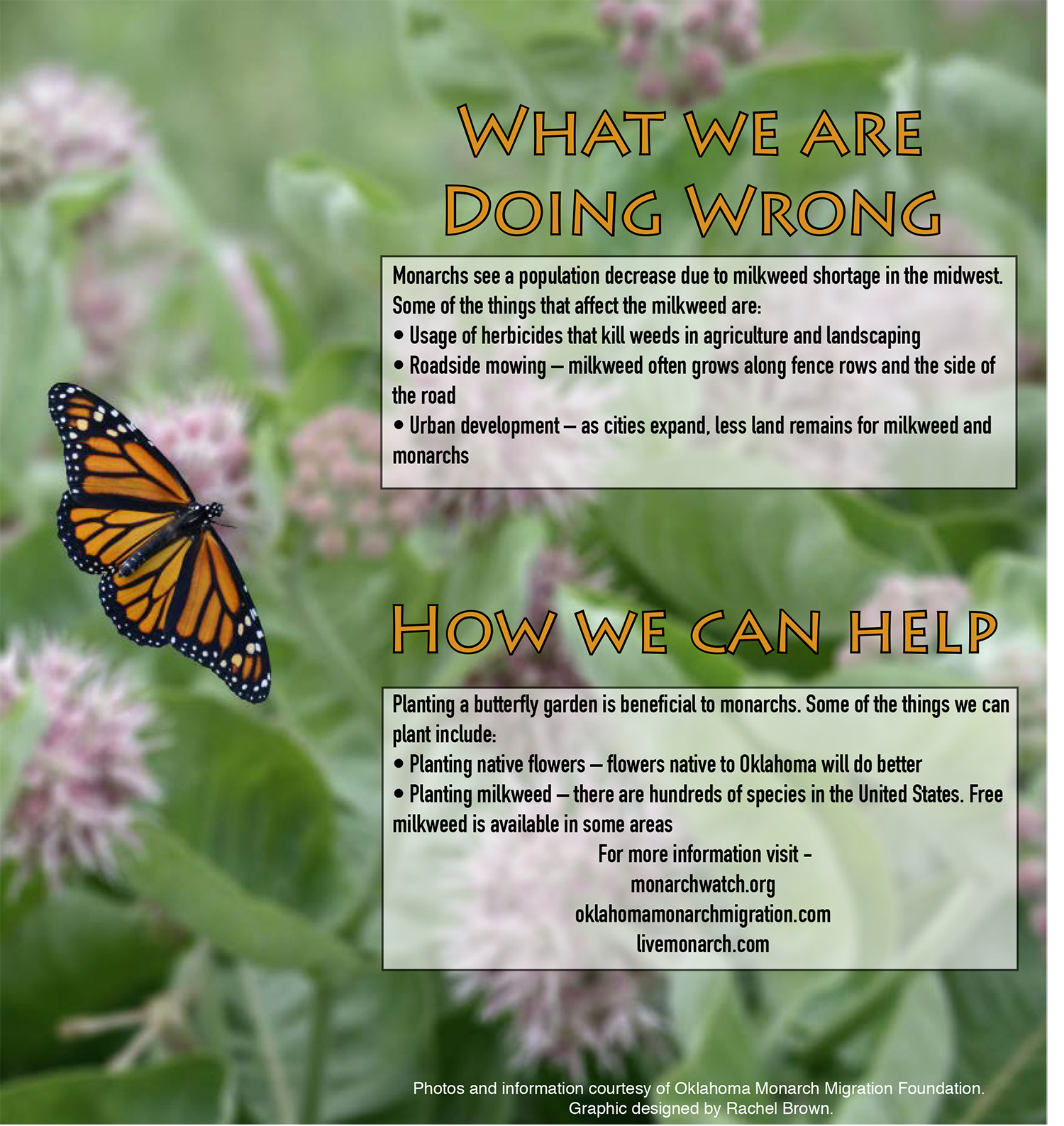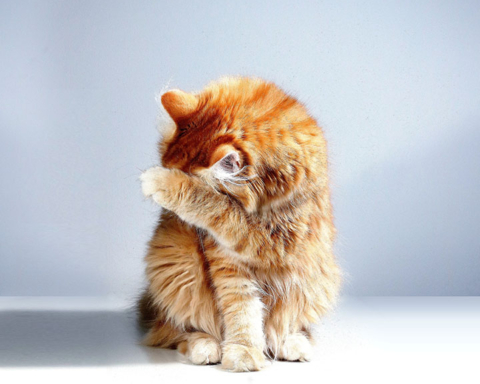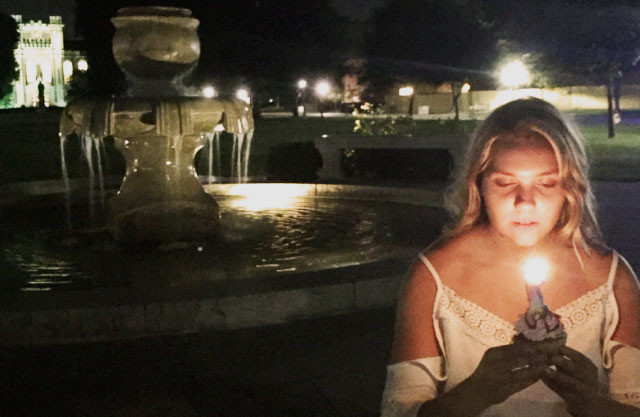To mark the University of Oklahoma’s 125th anniversary, the school is bringing an exhibit to showcase Galileo Galilei’s influence on art, culture, literature and science. The staggered, year-old project, called Galileo’s World, will be distributed across 20 exhibits, seven locations and three campuses starting Aug. 1.
“Each of the 20 exhibits represents a unique theme that links the concepts pioneered during the Scientific Revolution to concepts relevant to modern research,” said Chelsea Julian, OU University Libraries spokeswoman.
The exhibit highlights the world-class holdings of the OU Libraries’ History of Sciences collections including all 12 works published by Galileo in his lifetime, four of which contain his handwriting; one with his signature. It also illustrates the cross-disciplinary nature of discovery from the 16th century to present.
“Each of the 20 exhibits represents a unique theme that links the concepts pioneered during the Scientific Revolution to concepts relevant to modern research,” Julian said.
By location, the exhibit portions program include:
- In Norman:
- Bizzell Memorial Library: A New Physics; Controversy over the Comets; Galileo and China; Galileo and the Quest for Other Worlds; Galileo Today; Galileo, Engineer; Music of the Spheres; The Galileo Affair
- Fred Jones Jr. Museum of Art: An Artful Observation of the Cosmos
- National Weather Center: Copernicus and Meteorology; Galileo and Experimentation; Galileo and Kepler; Galileo and Space Science; Oklahomans and Aerospace; Science on a Sphere
- Headington Hall: Galileo and Sports
- Sam Noble Museum: Through the Eyes of the Lynx: Galileo and Microscopy; Through the Eyes of the Lynx: Galileo, Natural History and the Americas
- In Oklahoma City
- Robert M. Bird Health Sciences Library: Galileo and the Health Sciences
- In Tulsa
- Schusterman Library: The Scientific Revolution
“We will have display cases showcasing text and images from the era of Galileo, and even some of his handwritten works and replica instrumentation,” said Patrick Hyland, the National Weather Center’s coordinator of external relations.
In addition to the exhibits, a series of other activities will be held in conjunction with the event. The opening symposium and reception will be Sept. 25 at the National Weather Center.
Other events include a monthly lecture series at Sam Noble followed by sky watch parties on the museum lawn hosted by the OU Observatory; a full-day symposium featuring noted scholars; and a “Stadium Under the Stars” family festival, according to a press release.
“Through these exhibits, we are trying to showcase the connections between Galileo’s World then and the University of Oklahoma, and especially for our purposes, meteorology and the National Weather Center today,” Hyland said.
Julian hopes the exhibits will help the public perceive Galileo as a symbol of the Scientific Revolution as well as further the foundational concept of the university — combining arts and science in the pursuit of knowledge.
“Galileo has contributed directly and indirectly to nearly every field of study. This exhibition explores those connections and illustrates the contributions of that diversity to modern research and exploration,” Julian said.
For details, visit http://galileo.ou.edu
